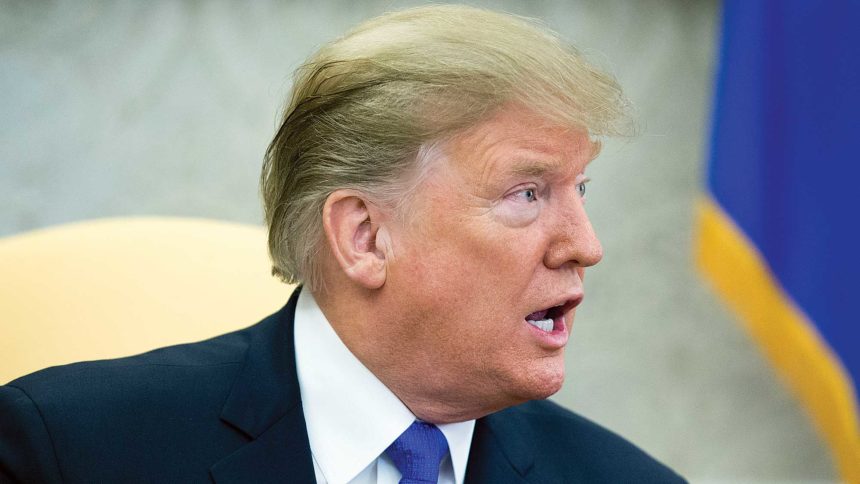
The federal government would like to slash Medicaid and Medicare by billions over the next decade, and establish a unified payment system for post-acute care providers, according to the fiscal year 2021 budget proposal unveiled by President Donald Trump Monday.
The deep cuts in Trump’s budget proposal have alarmed providers.
“We are still carefully reviewing the President’s proposed budget, but we’re concerned about any changes to Medicaid that would threaten funding and access to long-term care,” Mike Cheek, senior vice president of reimbursement policy for the American Health Care Association, said in a statement.
The budget calls for about $920 billion in cuts to the Medicaid program over 10 years, The Hill reported. In addition, post-acute care and hospice services could also see severe reductions in Medicare funding, according to LeadingAge, which said it’s reviewing the proposed budget to understand how provisions affect the health services LeadingAge members provide.
“These proposals, which would reduce post-acute care and hospice services’ Medicare spending by more than $100 billion over the next 10 years, while being positioned as positive in helping to reduce ‘excessive spending and distortionary payment incentives’ alongside preventions of fraud and abuse, would in fact be crippling not only for providers of aging services but also to the older adults who depend on Medicare benefits to meet their care needs as they age and at the end of life,” the organization said.
“Moreover, proposals to fundamentally alter the vital safety net that the Medicaid program provides to many Americans can have an outsized impact on older adults who rely on Medicaid for their health care as well as to fund critical long-term services and supports,” it added.
Another major pronouncement in the budget plan is a proposed unified payment system policy, which has been previously debated. It would apply to skilled nursing facilities, home health agencies, long-term care hospitals and inpatient rehabilitation facilities.
Under the proposal, the budget would transition payment for post-acute care to site-neutral payments over the span of five years. It also would reduce the growth rate of post-acute care payment during the transition period.
“The proposed value-based payment system is based on the anticipated clinical needs and risk factors of the patient, rather than the site of service,” the document states. “All types of facilities would remain available, and patients with their doctors would determine the right site of care.”
LeadingAge noted that the concept is still under development.
“While LeadingAge remains an active stakeholder in the process to explore the design and viability of such as payment system with the Department of [Health and Human Services] and MedPAC, according to current statute, two reports are still due to Congress, one from the Secretary and another from MedPAC on such as system,” the organization said in a statement.
“Additionally, new legislation is likely necessary for such a significant payment change. It is premature to assume savings in general, much less to the scale identified in the budget, to an as yet undefined payment system,” it added.
Congress has to sign off on the budget before it becomes law. Therefore, there is likely to be much maneuvering before there is a final deal.
For more about how the budget affects senior living operators, see McKnight’s Senior Living.





